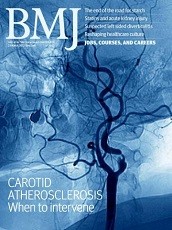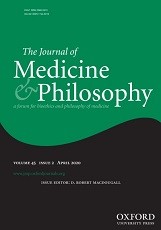Paul Sieghart

Abstract
Ethics is no less of a science than any other. It has its roots in conflicts of interest between human beings, and in their conflicting urges to behave either selfishly or altruistically. Resolving such conflicts leads to the specification of rules of conduct, often expressed in terms of rights and duties. In the special case of professional ethics, the paramount rule of conduct is altruism in the service of a ‘noble’ cause, and this distinguishes true professions from other trades or occupations. If professional ethics come into conflict with national laws, the professional today can test the legitimacy of such laws by reference to internationally agreed legal standards in the field of human rights, and so help to perform the role of ‘professions as the conscience of society’.
Sieghart P. Professions as the conscience of society. J Med Ethics. 1985 Sep;11(3):117-122.


